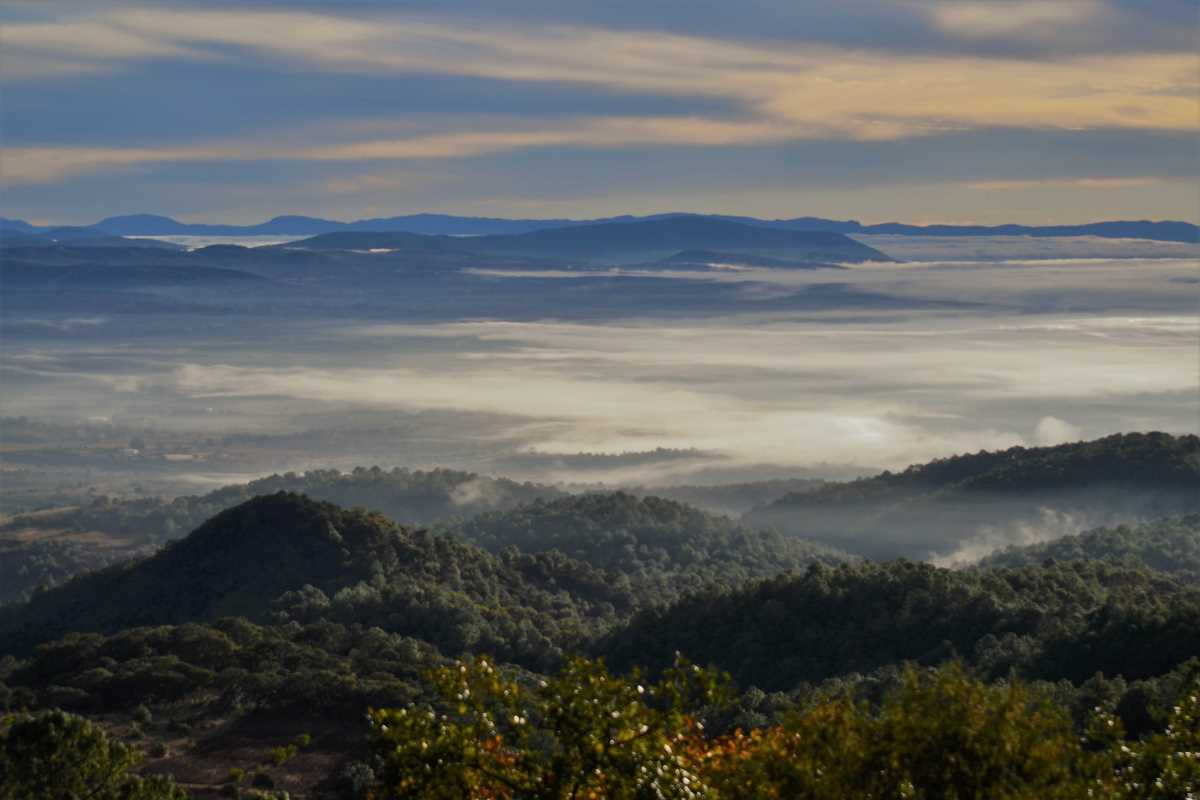Community Efforts Revive Forests in the Mixteca Alta of Oaxaca
The Mixteca Alta of Oaxaca offers a tale of transformation. Previously eroded due to cattle ranching, this region has flourished due to community and governmental interventions. As locals shift from ranching to diverse industries and with reforestation efforts, the landscape now holds a promise.

In various corners of Mexico, the disintegration of natural ecosystems continues unabated. However, the story from the forests of the Mixteca Alta of Oaxaca presents a beacon of hope. This region has experienced a notable resurgence thanks to unwavering community efforts, aided by academic and governmental interventions.
Transformation
Mixteca Alta, with its intricate geology and diverse soil types, has over the years suffered significant erosion. Much of this decay is attributable to changes in land use, predominantly from cattle ranching. Quetzalcóatl Orozco Ramírez, an esteemed researcher from UNAM's Institute of Geography, shed light on this. The forests now emerging are secondary in nature, indicating a land recovering from exploitation.




